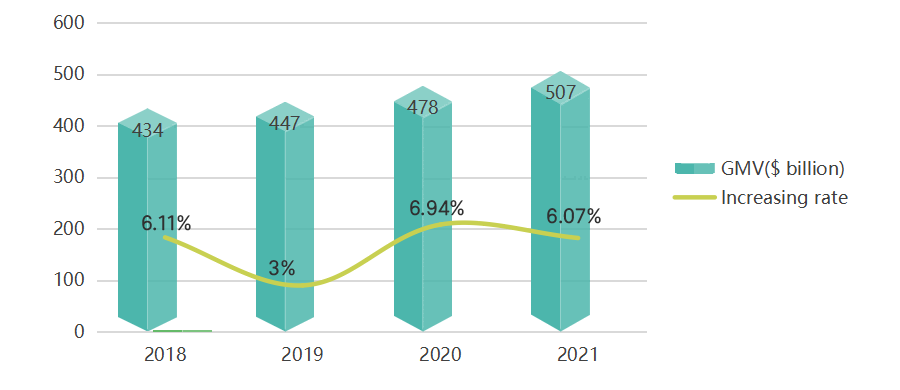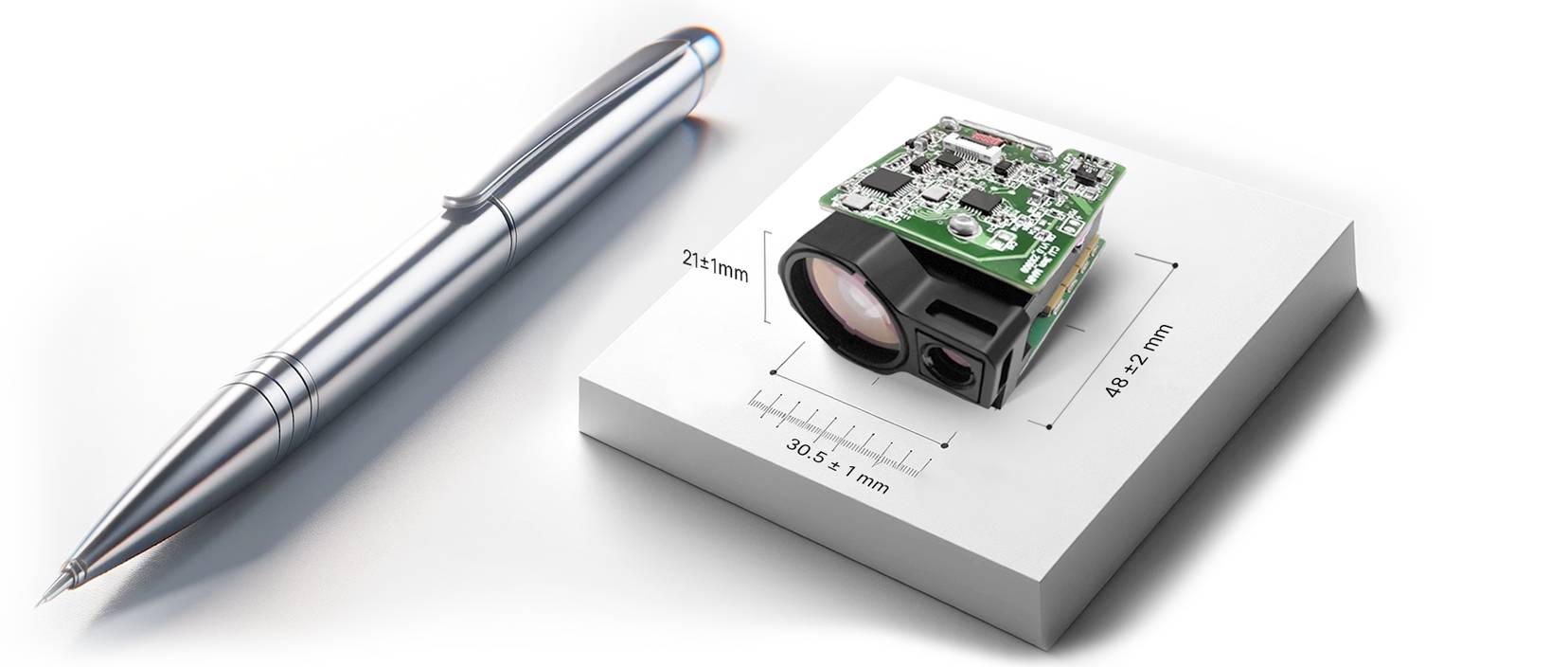Subscribe to Our Social Media For Prompt Post
Definition and Function of laser rangefinder
Laser rangefinders are sophisticated optoelectronic devices designed to measure the distance between two objects. Their construction primarily consists of three systems: optical, electronic, and mechanical. The optical system includes a collimating lens for emission and a focusing lens for reception. The electronic system comprises a pulse circuit that provides high peak current narrow pulses, a receiving circuit to identify return signals, and an FPGA controller for triggering pulses and calculating distances. The mechanical system encompasses the housing of the laser rangefinder, ensuring the concentricity and spacing of the optical system.
Application Areas of LRF
Laser rangefinders have found extensive applications across various industries. They are pivotal in distance measurement, autonomous vehicles, defense sectors, scientific exploration, and outdoor sports. Their versatility and precision make them indispensable tools in these fields.

Military Applications:
The evolution of laser technology in the military can be traced back to the Cold War era, led by superpowers like the USA, USSR, and China. Military applications include laser rangefinders, ground and aerial target designators, precision-guided munition systems, non-lethal anti-personnel systems, systems designed to disrupt the optoelectronics of military vehicles, and strategic and tactical anti-aircraft and missile defense systems.
Space and Defense Applications:
The origins of laser scanning date back to the 1950s, initially used in space and defense. These applications have shaped the development of sensors and information processing technologies, including those used in planetary rovers, space shuttles, robots, and land vehicles for relative navigation in hostile environments like space and war zones.
Architecture and Internal Measurement:
The use of laser scanning technology in architecture and internal measurement is rapidly growing. It enables the generation of point clouds to create three-dimensional models representing terrain features, structural dimensions, and spatial relationships. The application of laser and ultrasonic rangefinders in scanning buildings with complex architectural features, internal gardens, multiple protrusions, and special windows and door layouts has been extensively studied.
Market Overview of Range-Finding Products
.
Market Size and Growth:
In 2022, the global market for laser rangefinders was valued at approximately $1.14 billion. It's projected to grow to around $1.86 billion by 2028, with an expected compound annual growth rate (CAGR) of 8.5% during this period. This growth is partly attributed to the market's recovery to pre-pandemic levels.
Market Trends:
The market is witnessing growth driven by the global emphasis on modernizing defense equipment. The demand for advanced, precise equipment in various industrial processes, along with their use in surveying, navigation, and photography, is fueling market growth. The development of the defense industry, increasing interest in outdoor sports, and urbanization are positively impacting the rangefinder market.
Market Segmentation:
The market is categorized into types like telescope laser rangefinders and hand-held laser rangefinders, with applications spanning military, construction, industrial, sports, forestry, and others. The military segment is expected to lead the market due to the high demand for accurate target distance information.
2018-2021 Global Rangefinder Sales Volume Changes and Growth Rate Situation
Driving Factors:
Market expansion is primarily driven by rising demand from the automotive and healthcare sectors, along with the increasing use of high-precision equipment in industrial operations. The adoption of laser rangefinders in the defense industry, the modernization of warfare, and the development of laser-guided weapons are accelerating the adoption of this technology.
Challenges:
Health risks associated with the use of these devices, their high cost, and operational challenges in adverse weather conditions are some factors that may hinder market growth.
Regional Insights:
North America is expected to dominate the market due to high revenue generation and demand for advanced machines. The Asia Pacific region is also expected to show significant growth, driven by the expanding economies and populations of countries like India, China, and South Korea.
Export Situation of Rangefinders in China
According to the data, the top five export destinations for Chinese rangefinders are Hong Kong (China), the United States, South Korea, Germany, and Spain. Among these, Hong Kong (China) has the highest export proportion, accounting for 50.98%. The United States ranks second with a share of 11.77%, followed by South Korea with 4.34%, Germany with 3.44%, and Spain with 3.01%. Exports to other regions account for 26.46%.
An Upstream Manufacturer: Lumispot Tech's Recent Breakthrough in Laser Ranging Sensor
The role of the laser module in a laser rangefinder is of paramount importance, serving as the pivotal component for the implementation of the device's core functions. This module not only determines the precision and measuring range of the rangefinder but also impacts its speed, efficiency, energy consumption, and thermal management. A high-quality laser module enhances the response time and operational efficiency of the measurement process while ensuring the device's reliability and durability under diverse environmental conditions. With ongoing advancements in laser technology, improvements in the performance, size, and cost of laser modules continue to drive the evolution and expansion of laser rangefinder applications.
Lumispot Tech has recently made a notable breakthrough in the field, particularly from the perspective of upstream manufacturers. Our latest product, the LSP-LRS-0310F laser rangefinding module, showcases this advancement. This module is a result of Lumispot’s proprietary research and development efforts, featuring a 1535nm erbium-doped glass laser and advanced laser rangefinding technology. It is specifically designed for use in drones, pods, and handheld devices. Despite its compact size, weighing just 35 grams and measuring 48x21x31 mm, the LSP-LRS-3010F delivers impressive technical specifications. It achieves a beam divergence of 0.6 mrad and an accuracy of 1 meter while maintaining a versatile frequency range of 1-10Hz. This development not only demonstrates Lumispot Tech’s innovative capabilities in laser technology but also marks a significant step forward in the miniaturization and performance enhancement of laser rangefinding modules, making them more adaptable for various applications.
Additional Reading
- Development of a novel time-of-flight laser rangefinder for opto-mechatronic applications - M. Morgan, 2020
- History of military laser technology development in military applications - A. Bernatskyi, M. Sokolovskyi, 2022
- A History of Laser Scanning, Part 1: Space and Defense Applications - Adam P. Spring, 2020
- Application of Laser Scanning in Internal Surveying of Premises and Development of 3D Model of Building - A. Celms, M. Brinkmanis-Brimanis, Melanija Jakstevica, 2022
Disclaimer:
- We hereby declare that certain images displayed on our website are collected from the internet and Wikipedia for the purposes of furthering education and sharing information. We respect the intellectual property rights of all original creators. These images are used with no intention of commercial gain.
- If you believe that any content used infringes upon your copyrights, please contact us. We are more than willing to take appropriate measures, including removing the images or providing proper attribution, to ensure compliance with intellectual property laws and regulations. Our aim is to maintain a platform that is rich in content, fair, and respectful of others' intellectual property rights.
- Please reach out to us via the following contact method, email: sales@lumispot.cn. We commit to taking immediate action upon receipt of any notification and ensure 100% cooperation in resolving any such issues.
Post time: Dec-11-2023


